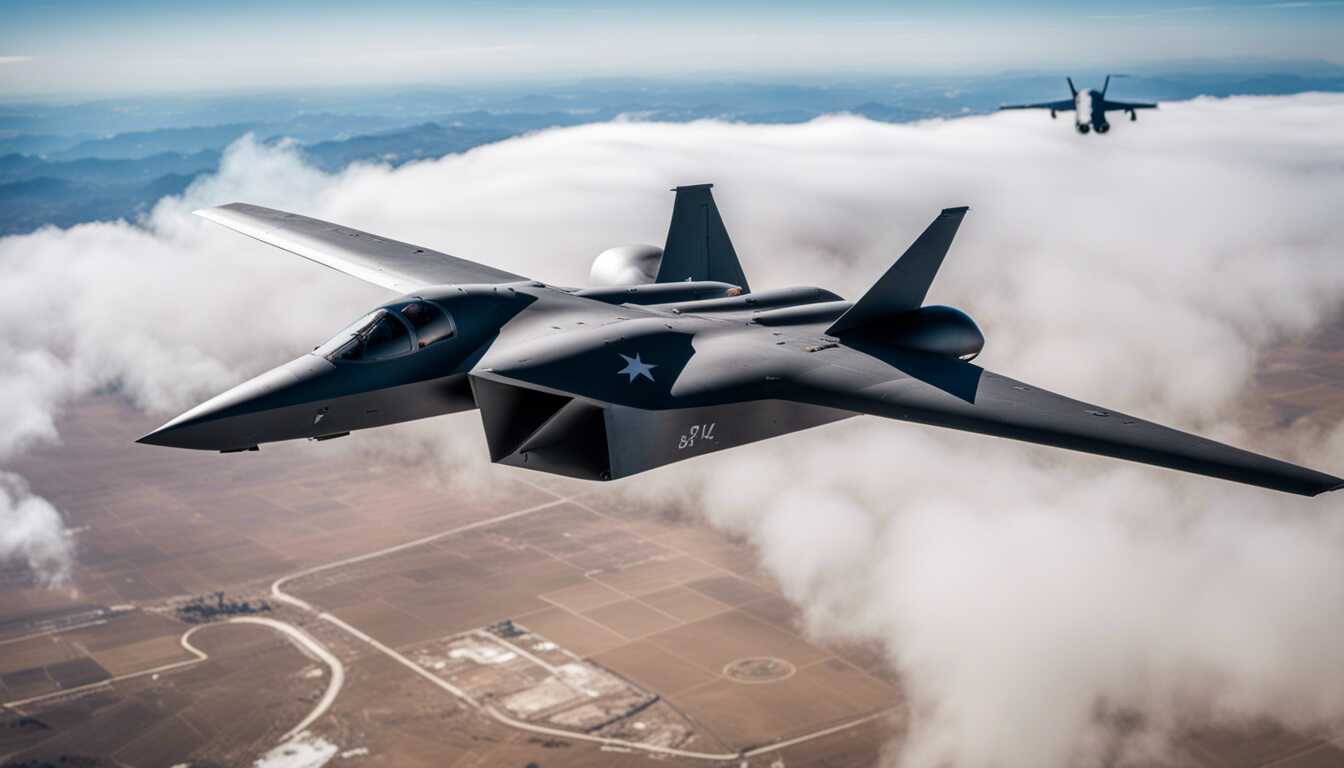
The B-21 raider and RQ-180 the new stealth hunter-killer team shaping modern warfare

The US Air Force has recently authorized the production of the Northrop Grumman B-21 Raider stealth bomber after an extensive eight-year development period. This decision comes at a crucial time, as tensions rise in the Western Pacific, particularly regarding the possibility of a conflict between the US and China over Taiwan.
Stealthy reconnaissance-strike complex
The B-21 Raider is an essential component of a stealthy reconnaissance-strike complex that could play a decisive role in a potential conflict with China over Taiwan. The recent presidential election in Taiwan, which resulted in the victory of Lai Ching-te from the Democratic Progressive Party, has amplified tensions with the Chinese Communist Party due to Lai's advocacy for Taiwanese autonomy.
The family of systems
The B-21 Raider is designed to work in coordination with other aircraft as part of a "family of systems," although the specific details of these aircraft have not been disclosed by the US Air Force. However, it is evident that the B-21 Raider will be accompanied by other aircraft to enhance its capabilities.
The stealthy reconnaissance drone: RQ-180
In addition to the B-21 Raider, the US Air Force has been developing the RQ-180 reconnaissance drone in secrecy and with a high level of stealth technology. This drone, which shares similarities with the B-21 Raider in terms of radar-evading capabilities, is intended to replace the long-serving RQ-4 spy drones and U-2 manned spy planes.
The hunter-killer team
The RQ-180, equipped with advanced surveillance capabilities and greater survivability, is expected to work in tandem with the B-21 Raider. This collaboration will enable the drones to identify targets for the bombers, allowing for precise strikes with guided cruise missiles and glide-bombs. The stealth and long-range capabilities of both the drones and bombers will provide enhanced protection during operations.
Strategic importance and cost
The US Air Force is heavily investing in the B-21 Raider, with plans to procure at least 100 of these bombers, potentially increasing the fleet size to nearly 200. The estimated cost of the B-21 Raider program alone could exceed $200 billion, with additional expenses for the RQ-180 and the armament required for the complete system, potentially reaching a total cost of around $300 billion.
Strategic significance in modern warfare
Numerous studies and war games have emphasized the decisive role of missile-armed bombers, such as the B-21 Raider, in potential conflicts over Taiwan. Collaborative scenarios involving US Air Force bombers and US Navy submarines have demonstrated the capability to disrupt and neutralize a Chinese invasion fleet, potentially preventing an invasion of Taiwan.
Contrasting strategies: US vs. russian reconnaissance-strike complex
The reconnaissance-strike complex, consisting of the RQ-180 and B-21 Raider, represents a technologically advanced contrast to Russia's reconnaissance-strike capabilities. While Russian raids on Ukrainian cities rely on aging bombers and outdated cruise missiles, the US Air Force's approach emphasizes precision targeting and minimizing civilian casualties through advanced reconnaissance capabilities.
The future of warfare
The integration of the B-21 Raider and RQ-180 marks a significant advancement in military capabilities, particularly in the context of potential conflicts over Taiwan. The synergy between these high-tech assets is poised to shape modern warfare, providing the US Air Force with a strategic advantage in identifying and targeting critical military assets in the event of a conflict with China. As the geopolitical landscape continues to evolve, the development and deployment of the B-21 Raider and RQ-180 illustrate the evolving nature of military technology and strategy, reflecting the ongoing pursuit of enhanced capabilities and preparedness in the face of geopolitical tensions.
Share news















